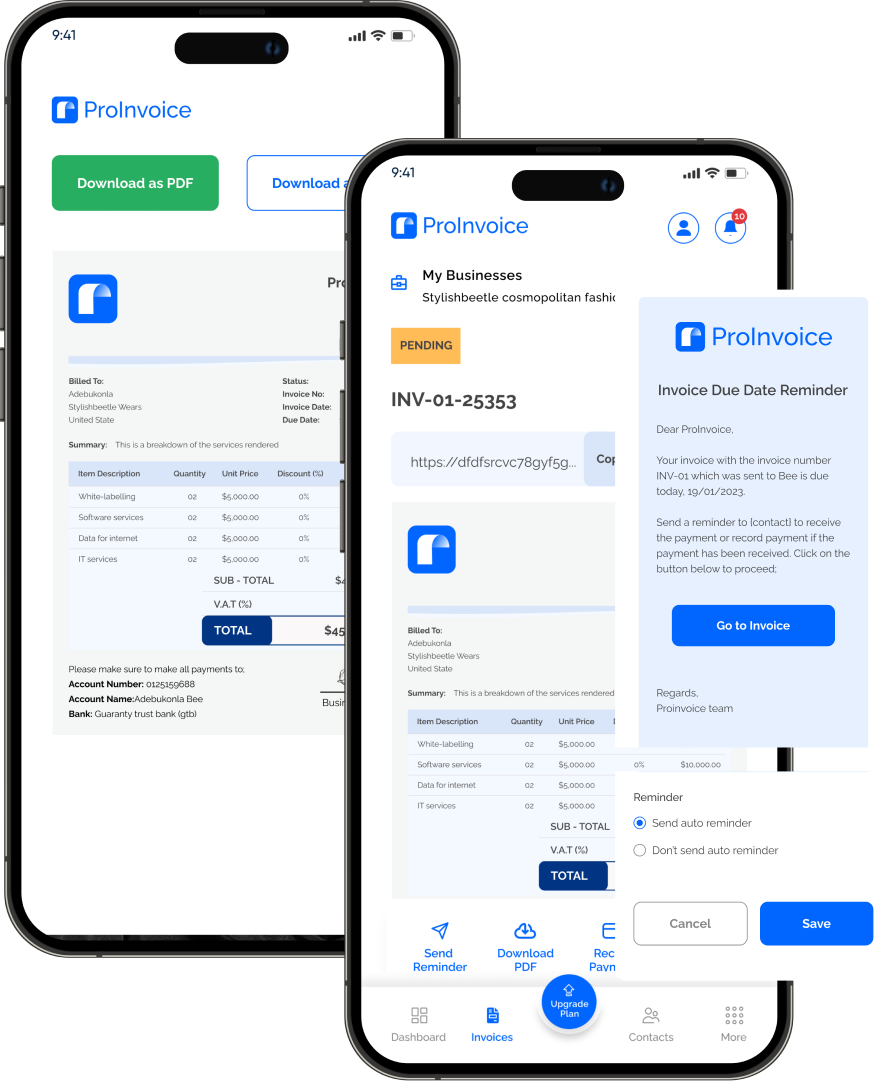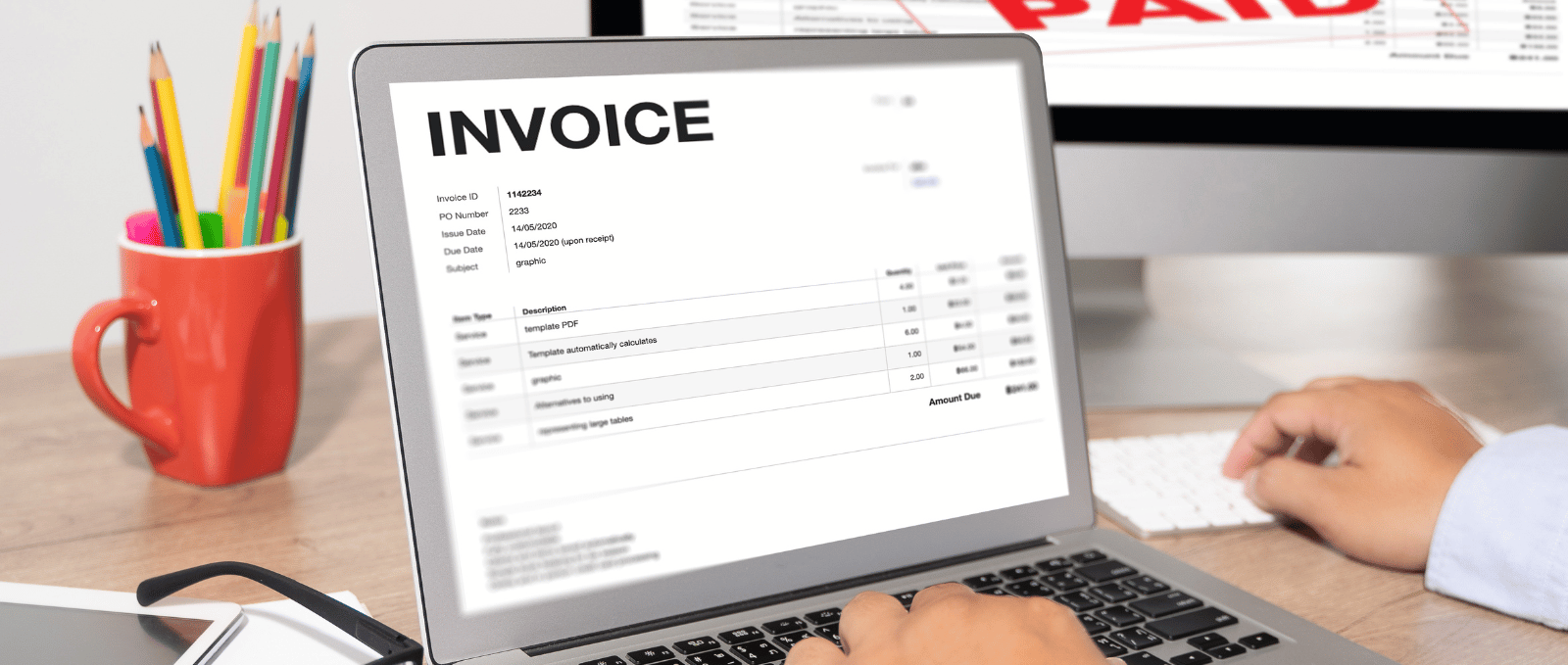Master the art of creating precise financial projections for your business plan with real-world examples and step-by-step guidance.
Understand why they’re crucial, learn how to make them, and gain confidence in projecting your business’s financial future.
Financial projections can be the lifeblood of your business plan, offering investors a glimpse into your financial future and guiding your entrepreneurial journey.
In this comprehensive guide, we’ll demystify the process, providing step-by-step instructions enriched with real-world examples.
Discover why financial projections are indispensable, how to craft them, and build confidence in projecting your business’s financial success.
Why Are Financial Projections Important
Let’s begin by understanding the significance of financial projections:
Financial GPS: Financial projections are like a GPS for your business, showing you the way forward, making sure you’re on the right path.
Investor Communication: Investors rely on these projections to evaluate the financial health of your business, just like a roadmap guides a traveler.
Cash Management: They also help you manage your cash flow, ensuring you have enough to cover bills and seize opportunities.
Step-by-step Guide On How to Create Financial Projections
Now, let’s explore how to craft financial projections for your small business.
1. Start with Sales Forecast:
Sales forecast is your best educated guess about how much you’ll sell. Imagine you’re starting a cozy bakery. Based on market research, you expect to sell 100 loaves of bread and 200 pastries daily.
2. Predict Your Costs:
List all your costs, both fixed and variable. Suppose you’re launching an online clothing store. Your costs include website hosting, marketing, shipping, and rent for your warehouse.
3. Calculate Gross Profit:
Gross profit is the money left after paying for the cost of making or delivering your product. If you’re a smartphone manufacturer, your gross profit is the difference between the sale price and the cost of manufacturing.
4. Figure Out Net Profit:
Net profit is what’s left after all expenses, including taxes. For your small software company, you subtract expenses like salaries, software licenses, and taxes from your gross profit.
5. Keep an Eye on Cash Flow:
Cash flow projections track the money coming in and out of your business. Imagine you run a local restaurant; you project that customer payments will cover your rent, payroll, and ingredient costs.
6. Know Your Break-Even Point:
Your break-even point is when your sales revenue equals your total costs. For a new art studio, this is the point at which the fees from classes cover rent and art supplies.
7. Use Sensitivity Analysis:
Sensitivity analysis tests how your financials respond to changes. Say you own a retail store, analyze how a 10% increase in supplier costs might impact your profits.
8. Be Realistic with Growth:
When projecting growth, be realistic. If you run a digital marketing agency, base your projections on data and market trends, not on overly ambitious expectations.
10. Seek Expert Help:
If it all seems overwhelming, consult with a financial advisor or accountant. They can provide guidance tailored to your business’s unique needs.
Creating financial projections for your business plan typically involves using spreadsheets, such as Microsoft Excel or Google Sheets, where you can organize and calculate your financial data.
Here’s a step-by-step guide on how to put together financial projections in a Spreadsheet:
1. Open the Spreadsheet Software:
Launch Microsoft Excel, Google Sheets, or any spreadsheet program you prefer.
2. Create a New Workbook:
Open a new workbook or spreadsheet to start working on your financial projections.
3. Organize Your Projections:
Create separate sheets or tabs for different aspects of your financial projections, such as sales, expenses, cash flow, and income statements.
4. Input Historical Data:
If your business has been in operation for some time, input historical financial data as a starting point.
5. Project Sales:
In a dedicated sheet, project your future sales. Include data for each month or quarter, depending on your preference. You can use formulas to calculate future sales based on historical data and expected growth.
6. Estimate Expenses:
Create a sheet for estimating your expenses. Include categories like salaries, rent, utilities, marketing, and other operating costs. Make educated guesses based on market research, historical data, or industry standards.
7. Calculate Gross Profit:
In another sheet, calculate your gross profit. This is the revenue remaining after deducting the cost of goods sold (COGS). Include formulas to subtract COGS from sales data.
8. Determine Net Profit:
Create a sheet for calculating your net profit, which is the total revenue after all expenses, including taxes. Include formulas to subtract expenses from gross profit.
9. Project Cash Flow:
Create a cash flow projection sheet. Estimate cash inflows (e.g., customer payments) and outflows (e.g., rent, salaries, supplier payments) for each period. This will help you manage your cash effectively.
10. Identify Break-Even Point:
Calculate your break-even point, which is the level of sales where your revenues equal your costs. This is important for understanding when your business starts making a profit.
11. Sensitivity Analysis:
Consider a sensitivity analysis in a separate sheet. Test different scenarios and variables to see how changes in assumptions affect your financial projections.
This will help you understand the impact of various factors on your business’s financial health.
12. Use Realistic Growth Projections:
Make sure your growth projections are based on realistic assumptions. Use real data, market research, and industry trends to set achievable growth targets.
13. Save Your Document:
Save your financial projections spreadsheet. You can save it in a dedicated folder or cloud storage for easy access.
By following these steps in your chosen spreadsheet software, you can put together comprehensive financial projections for your business plan.
These projections will be instrumental in presenting the financial health and potential of your business to investors, lenders, or stakeholders.
Conclusion:
Financial projections are the compass that guides your business plan toward success.
With a clear understanding of their importance and step-by-step instructions enriched with real-life examples, you can confidently plan for your business’s financial journey.
So, let your business plan shine with precise and realistic financial projections, and embark on your entrepreneurial journey with confidence.













